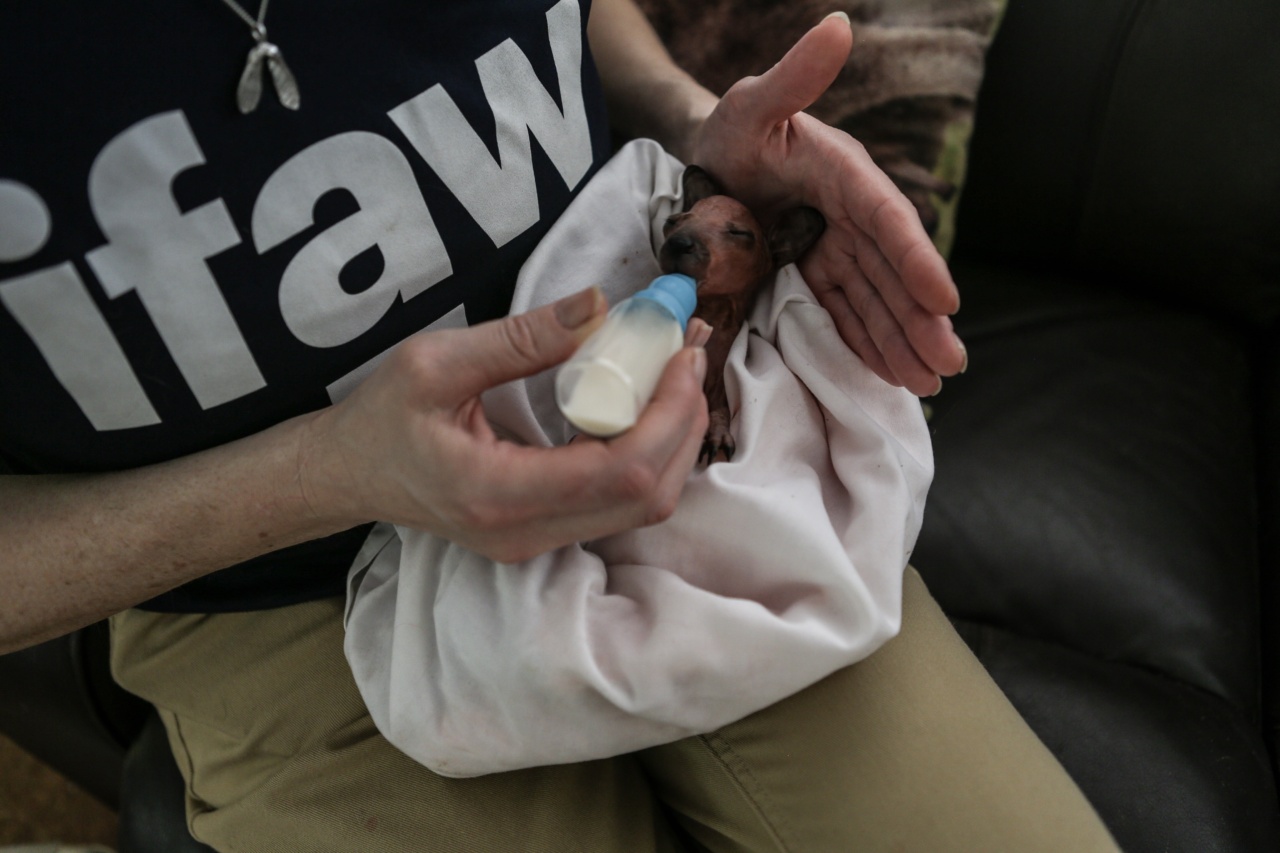Non-intervention nursing refers to a specialized area of nursing that focuses on providing care and support to individuals who do not require direct medical interventions.
This type of nursing often involves working with patients who have chronic illnesses, disabilities, or are in the end stages of life. Non-intervention nurses play a critical role in ensuring the comfort and well-being of patients by addressing their physical, emotional, and social needs.
The Importance of Insurance Coverage
Insurance coverage is vital for non-intervention nursing providers as it helps ensure that patients receive the necessary care without financial burden.
It offers a sense of security and peace of mind to both the nurse and the patient, allowing them to focus on the treatment and recovery process. However, understanding insurance coverage can be challenging, especially with the complexities of healthcare systems and insurance policies. Let’s demystify insurance coverage for non-intervention nursing.
Types of Insurance Coverage
Non-intervention nursing services may be covered by various types of insurance plans, including private health insurance, government-funded programs, and long-term care insurance. Here’s a closer look at each:.
Private Health Insurance
Private health insurance policies are typically purchased by individuals, families, or employers. These plans offer coverage for a wide range of healthcare services, including non-intervention nursing.
The extent of coverage may vary depending on the specific policy, so it’s crucial to review the terms and conditions before seeking non-intervention nursing services.
Government-Funded Programs
In many countries, governments provide healthcare coverage through programs such as Medicare and Medicaid. These programs aim to support individuals who may have limited financial resources or specific healthcare needs.
Non-intervention nursing services may be included in the coverage provided by government-funded programs, but eligibility criteria and coverage specifics may differ. It is essential to understand the guidelines and requirements of these programs to ensure reimbursement for services.
Long-Term Care Insurance
Long-term care insurance is specifically designed to cover services needed for individuals who are unable to perform daily activities independently due to aging or chronic conditions.
Non-intervention nursing services, along with other long-term care services like home care, assisted living, and nursing home care, are commonly included in these policies. Having long-term care insurance can significantly reduce the financial burden associated with non-intervention nursing services.
Factors Affecting Insurance Coverage
Several factors can influence insurance coverage for non-intervention nursing. It’s important to consider these factors to ensure proper reimbursement and avoid unexpected expenses. Here are some key factors:.
1. Insurance Policy Limitations
Insurance policies may have limitations on the amount or duration of coverage for non-intervention nursing services.
Reviewing the policy terms and conditions, including any exclusions or waiting periods, will help you understand the extent of coverage.
2. Pre-Approval and Authorization Requirements
Sometimes, insurance providers require pre-approval or authorization before non-intervention nursing services can be covered.
This means you may need to obtain permission or provide supporting documentation from healthcare professionals to validate the necessity of the services.
3. In-Network vs. Out-of-Network Providers
Insurance plans often have a network of preferred providers with whom they have negotiated special rates. It’s important to check if the non-intervention nursing provider you choose is in-network or out-of-network.
In-network providers are typically covered at a higher percentage, while out-of-network providers may have limited or no coverage.
4. Medical Necessity
Most insurance providers require non-intervention nursing services to be deemed medically necessary. This means that a healthcare professional must confirm that the services are essential for the patient’s well-being and recovery.
5. Prior Authorization and Concurrent Review
Some insurance policies may require prior authorization, which means obtaining approval before initiating non-intervention nursing services.
Additionally, concurrent review may be necessary to determine the ongoing necessity of the services based on the patient’s condition.
Maximizing Insurance Coverage
To maximize insurance coverage for non-intervention nursing, consider the following strategies:.
1. Familiarize Yourself with the Insurance Policy Terms
Thoroughly review the terms and conditions of your insurance policy to understand the coverage specifics related to non-intervention nursing services. Pay attention to any limitations, deductibles, copayments, or waiting periods that may apply.
2. Consult with the Insurance Provider
Reach out to your insurance provider directly to discuss your specific needs and clarify any uncertainties regarding non-intervention nursing coverage.
They can provide guidance on what is required for reimbursement and help you understand the claims process.
3. Ensure Proper Documentation
Keeping accurate and detailed records of the non-intervention nursing services provided is crucial for insurance claims. This includes documenting service dates, descriptions, healthcare professional recommendations, and any other relevant information.
Detailed documentation helps support claims and increases the likelihood of coverage.
4. Seek Assistance from Healthcare Professionals
Consulting with healthcare professionals experienced in navigating insurance coverage for non-intervention nursing can be valuable.
They can offer insights, advice, and necessary documentation to support your insurance claims, ensuring optimal reimbursement.
Conclusion
Understanding insurance coverage for non-intervention nursing is essential for both providers and patients.
By clarifying the types of coverage available, the factors affecting coverage, and strategies to maximize reimbursement, healthcare professionals and patients can navigate the complexities of insurance policies with confidence and ensure the provision of quality care without financial strain.





























